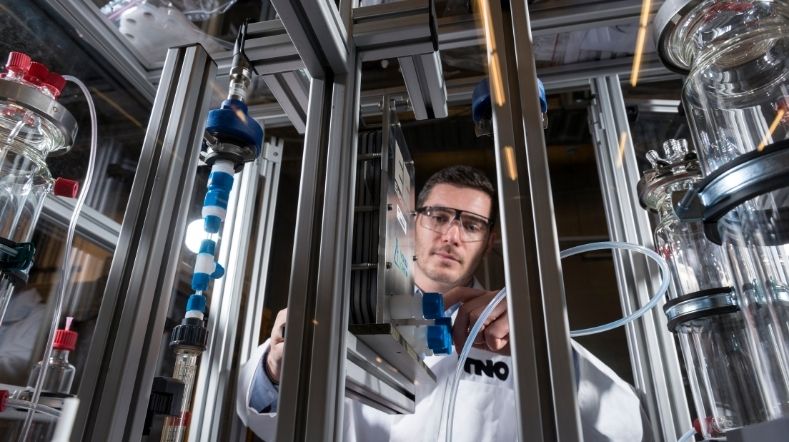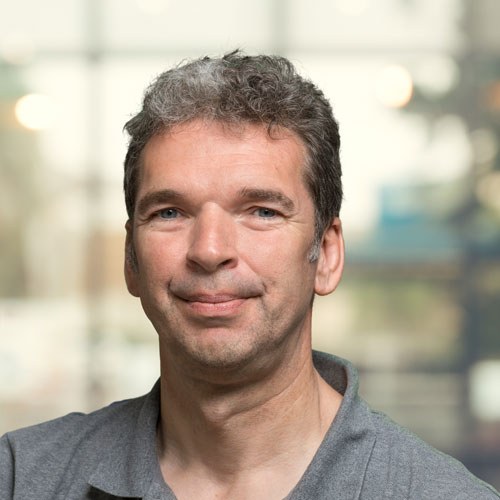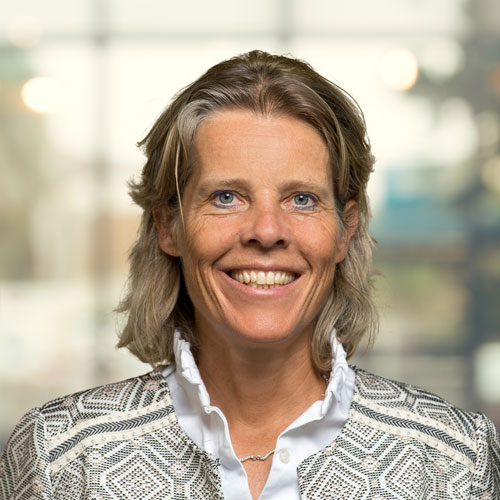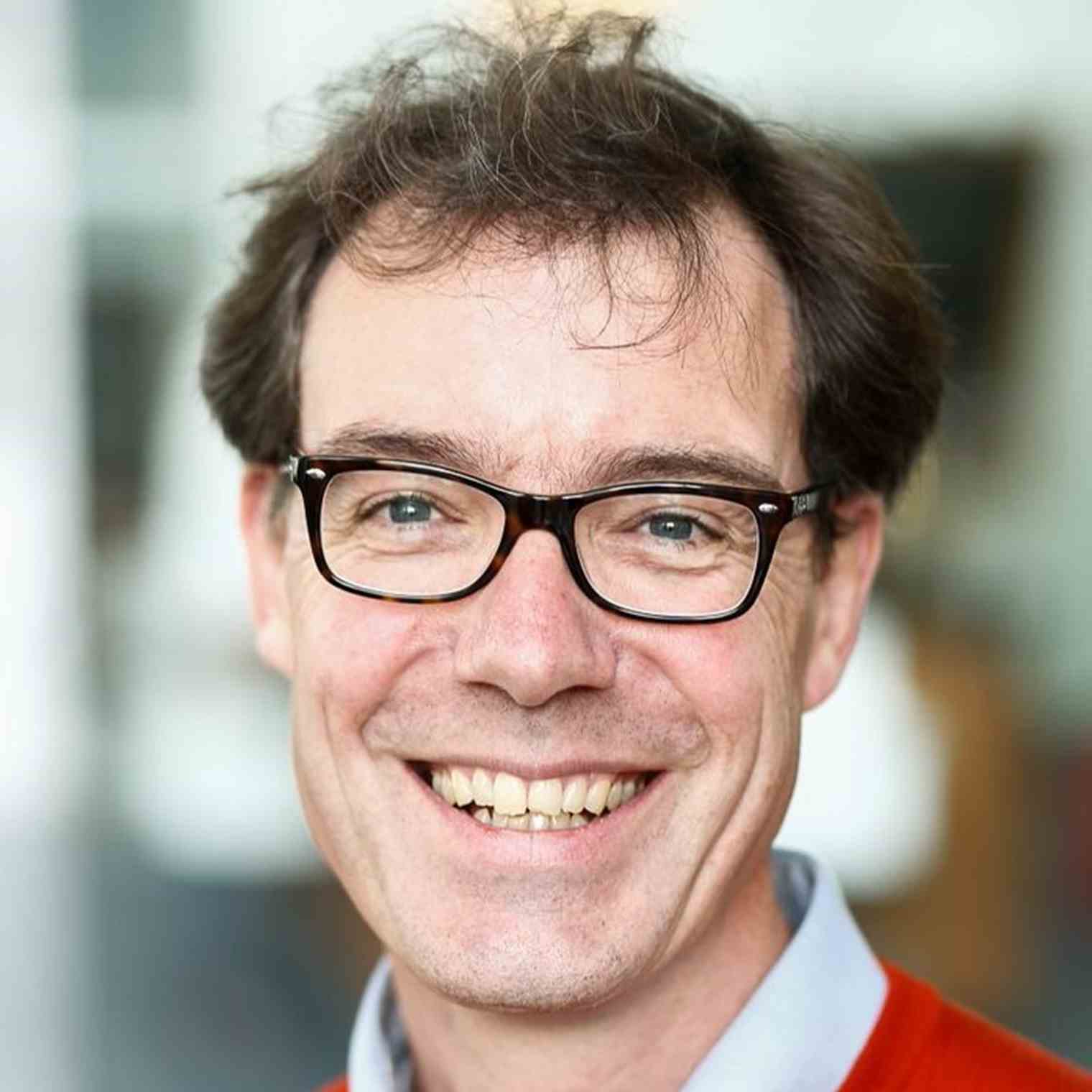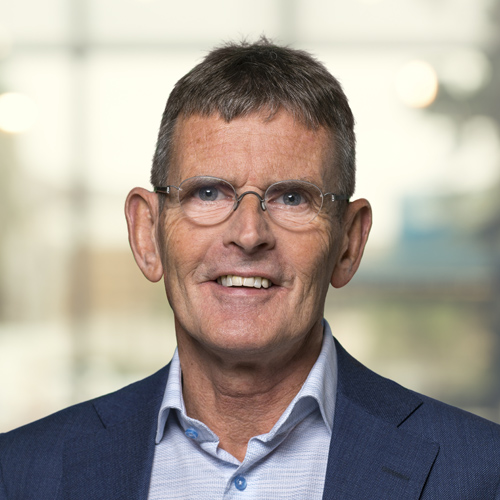CO2 reduction in the Netherlands: measures and innovations
CO2 emissions in the Netherlands must be cut by half by 2030, and by as much as 95% by 2050. We are working together with public authorities and the business community in order to achieve this radical reduction in CO2 levels. We will list the measures and innovations for 4 high-impact sectors.
CO2 reduction in the energy sector
Energy companies, especially power plants and refineries, account for a large proportion of CO2 emissions in the Netherlands: 30 percent of the total CO2 emissions (source: CBS). A major reason is that the energy sector is still heavily dependent on fossil fuels. How do we tackle these emissions produced by the energy sector?
Wind energy
Wind energy is one of the important renewable energy sources for achieving our climate objectives. The goal is for wind farms to jointly produce 7,000 Megawatts of electricity by 2030. This will supply around 7 million households with energy.
New generations of wind turbines
We are continuously working on the development of new generations of wind turbines. These will deliver more energy and will ultimately be cheaper. For example, ECN part of TNO, developed the world's largest and most powerful wind turbine, the HaliadeX, in cooperation with research partner GE Renewable Energy.
Also read: These innovations will make wind turbines cheaper and better.
We are also developing knowledge about wind farms and their integration into our energy system. These include new installation techniques, optimal maintenance, intelligent wind farm control, and innovations such as robotics and ICT.
Solar energy
In order to meet national and international climate targets, we must and can harness much more energy from the sun than we do now. The 10.7 gigawatt peak (GWp) of installed solar energy capacity for electricity generation in the Netherlands can be increased to 50 GWp by 2030 and 200 GWp by 2050. Solar panels should therefore be deployed on a much larger scale.
Innovations in solar energy
We develop technologies that reduce the production costs of solar cells and increase their efficiency. As a result, we obtain more electrical energy from sunlight. For example, together with our Solliance partners, we have developed a double-sided tandem solar cell that has an efficiency of over 30 per cent. In comparison, today's single-sided industrial solar cells are able to capture up to 22 percent of the energy and convert it into electricity.
Integrating solar panels into the living environment
We are also working on new developments of solar panels for smart integration of solar energy into our living environment.
Examples are:
- responsible solar parks
- solar energy in construction and infrastructure
- solar-powered cars
Other promising innovations for solar power generation are:
CO2 capture and storage
In the coming years, we will work with various partners to further develop techniques for the capture, use and storage of CO2. In our research, we look specifically at the risks, economic feasibility and legislation. By using effective and affordable technologies, this will ultimately result in significantly lower CO2 emissions.
CO2 reduction in industry
Over 22 percent of CO2 emissions in the Netherlands are produced by the industrial sector (source: CBS). In order to achieve CO2 reduction in industry, a far-reaching energy transition is required. By 2030, CO2 emissions must be halved, and by 2050 they must be zero. But the sector still relies almost entirely on fossil raw materials and fuels. For example, many companies use gas as a fuel to achieve high temperatures (100 degrees Celsius) for production processes. Burning this fossil fuel releases large quantities of CO2. So innovations are desperately needed.
Heat pumps for industry
Fossil fuels will eventually be replaced by renewable energy. This also applies to heat generation for industrial processes. For example, we can replace gas-fired steam systems with heat pumps. Heat pumps use residual heat from industry to achieve the appropriate temperatures for production processes.
More efficient use of energy and raw materials
Industrial CO2 emissions can also be reduced by efficient use of raw materials and energy. This is because only a small proportion of the raw materials are utilised in production processes. Some of the raw material remains unused, leaving what is known as residue. TNO is working on technologies to recover residues so that they can be reused in the production process. As a result, fewer raw materials and less energy will be needed. This will also reduce emissions and waste.
Also read: From organic waste to valuable raw materials.
Sustainable alternative raw materials
In addition, we are working on alternative raw materials to reduce the chemical industry's dependence on fossil fuels, for example by making raw materials from biological waste. At the same time, we ensure that the products manufactured by the industry are more sustainable.
Electrification
The industrial sector cannot escape the inevitable: to be completely carbon-neutral, fossil fuels must eventually be replaced by sustainably generated electricity. To achieve this, we are working together with companies, universities and other knowledge institutions on a number of important innovations in, for example, the Shared Innovation Program VoltaChem.
For example, we are working on technologies that convert sustainable hydrogen into fuels and chemicals, and convert electricity into heat. We are also developing technologies for direct electrochemical conversion to chemicals, and the use of electricity for separation processes in the chemical industry.
Read also: A carbon-free industry: how are we going to do it?
CO2 capture, storage and use
Sectors such as steel, cement, refining and petrochemicals, will continue to depend on fossil raw materials and fuels after 2050, and will therefore emit large amounts of CO2. In order to achieve the climate objectives, it is therefore necessary to capture, store and reuse CO2 emissions.
Also read: 4 ways to make industry carbon-neutral
Concrete steps:
- SEWGS: with this breakthrough technology, the CO2 emitted by steel companies can be efficiently captured and then stored and converted into blue hydrogen.
- At the waste incineration plant in Duiven, for example, we contributed to the development of a capture installation with a capacity of 50,000 tonnes of CO2 per year. This CO2 is now supplied for greenhouse horticulture.
CO2 reduction from road traffic
Over 18 percent of CO2 emissions in the Netherlands is produced by road traffic (source: CBS). By 2050, CO2 emissions from road vehicles must be reduced by 80 per cent. One of the main reasons is that these vehicles still rely heavily on fossil fuels, such as petrol and diesel. Burning those fuels releases a large quantity of CO2. In addition, the driving behaviour of road users also influences CO2 emissions.
Alternative fuels
Many cars and trucks still run on fossil fuels. In order to achieve a reduction of CO2 in road traffic, we are replacing fossil fuels with sustainable fuels in the long term. For example, electricity or biofuels will replace fossil fuels eventually. However, this requires changes to vehicle engines.
Innovations in vehicle engines
One of the innovations we are working on is the electrification of powertrains. We don't obtain the energy by combustion, but by, for example, using hydrogen in a fuel cell to generate electrical energy.
Currently, we are, together with Albert Heijn, DAF Trucks, Simon Loos and Peter Appel Transport, testing driving with electric trucks-with-trailers in cities. The cooperating partners are investigating which functional and operational requirements electric trucks must meet in order to make emission-free deliveries to supermarkets in inner cities in the near future.
Also read: Hydrogen as a fuel cell.
Automated driving
In addition to investing in sustainable fuels, innovations in automated driving are helping to reduce CO2 emissions from cars and other vehicles. To this end, we are working with, among others, the automotive industry on self-driving cars and trucks. By automating certain 'driving tasks', we reduce the environmental impact of traffic jams and therefore CO2 emissions. Examples include hard braking and accelerating. Automation increases safety and reduces CO2 emissions enormously.
Increasing the efficiency of combustion engines
Fossil fuels will remain necessary for long-distance transport in particular over the coming decades. To achieve CO2 reduction, we are investing in innovations to increase the efficiency of engines, which will enable us to extract more energy from fossil fuels. We also invest in FlexFuel technology in which vehicles combine the use of sustainable fuels with fossil fuels.
CO2 reduction in the built environment
Fifteen percent of the CO2 emissions in the Netherlands occurs in the built environment (source: CBS). One of the main reasons for this is that much of the energy we generate for the built environment, for example for heating and hot water, comes from fossil fuels. And all this is happening while household energy consumption is increasing and fossil fuels are running out.
Which is why the built environment must be completely climate-neutral by 2050. We are going a step further by committing to energy-positive buildings. These sustainable buildings not only offset building-related energy consumption, but also generate enough for all their own needs, such as electrical equipment and lighting.
Integrated solar panels
For the generation of sustainable energy in the built environment, we are working on innovations for solar panels, for example to increase their efficiency or to integrate solar panels into roofs or exterior walls. We are also working on alternatives to fossil fuels, such as heat pumps.
Energy transport
The transition from fossil energy to sustainable energy also means that innovations are needed in the field of energy transport. Making the energy supply more sustainable, energy saving and the increasing interconnectedness of different sectors and forms of energy (electricity, gas, heat) place new demands on the existing and new energy infrastructures. We develop and manage models for the integrated design of new electricity, gas and heat infrastructures.
Energy storage in heat batteries
Generating renewable energy via solar panels has one major drawback: when there is a high demand for energy on a sunless day. And vice versa, the sun sometimes produces more energy than is needed at that moment. That's why we invest in research into energy storage.
An important technology for storing energy is the heat battery. This type of battery allows us to store solar energy in the summer, and then use it during the winter to heat houses and buildings. Together with a European consortium, we developed a first working prototype of a heat battery.
Reducing energy consumption in the built environment
To achieve CO2 reduction in the built environment, it is important to reduce energy consumption. We develop tools that help users use energy more efficiently. Together with energy company Eneco, for example, we developed a 'self-learning office building': a building that provides insight into and recommendations about energy consumption for the climate control of workplaces. We are also working on concepts to generate or reuse heat.
NeroZero lab: Energy-efficient buildings demonstrated in practice
Together with the business community and TKI Urban Energy, we are demonstrating the opportunities for sustainable buildings in the NeroZero lab.
Collaborating with us
Complex and high-risk problems are not something you want to deal with alone. That's why companies, public authorities and other organisations work with us a lot. Our knowledge and expertise are focused on application, and we are happy to use them for others. We do this in various ways:
- commissioned projects
- public-private partnerships
- early research programs
- assignments
- Technology transfer
How do we ensure a huge growth in wind energy?
Discover the measures and innovations.
New sustainable heat pumps for industry
We are developing technologies to reduce CO2 emissions from heat generation in industry. For example, we are developing geothermal heat pumps and flexible hybrid energy systems. With the latter technology, it is possible to switch from gas to electricity during the industrial process when the price is low due to a large supply of solar or wind energy, for example.
Get inspired
Energy infrastructure and transport
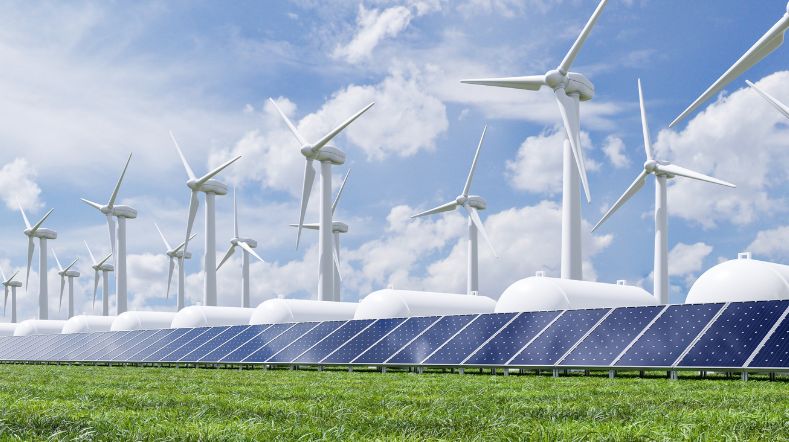

The North Sea as Europe's energy heart requires smart choices
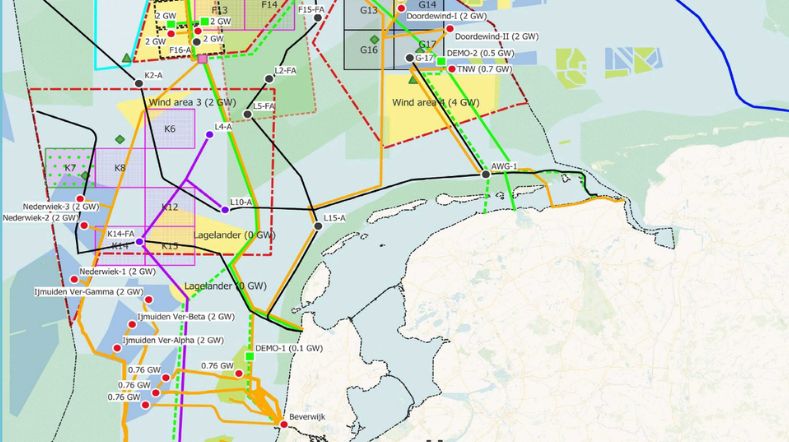

Tomorrow’s hydrogen production and infrastructure: building towards a secure and robust energy system

World Hydrogen Summit 2025
Scaling-up electrochemical technologies for renewable ethylene production
